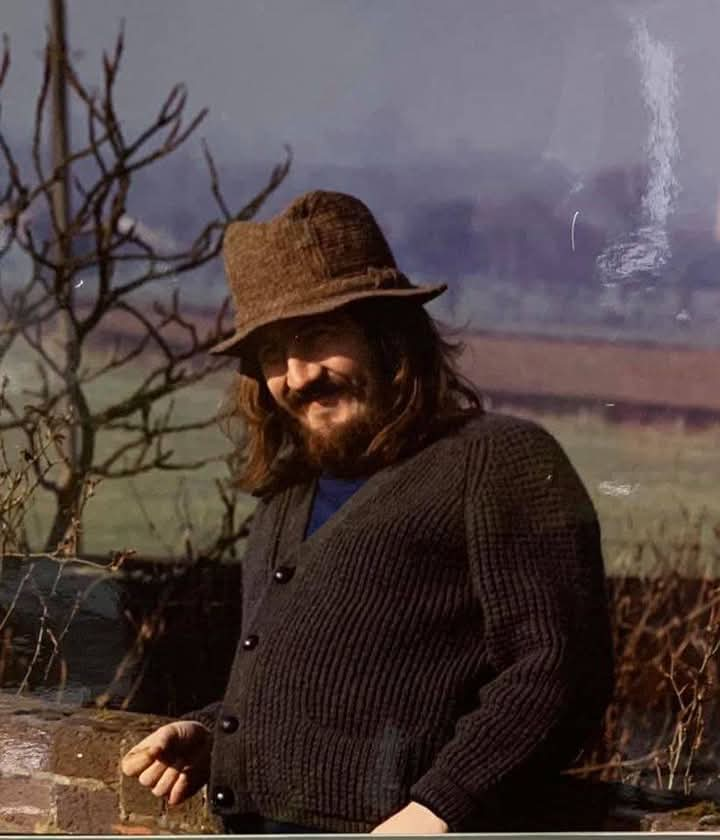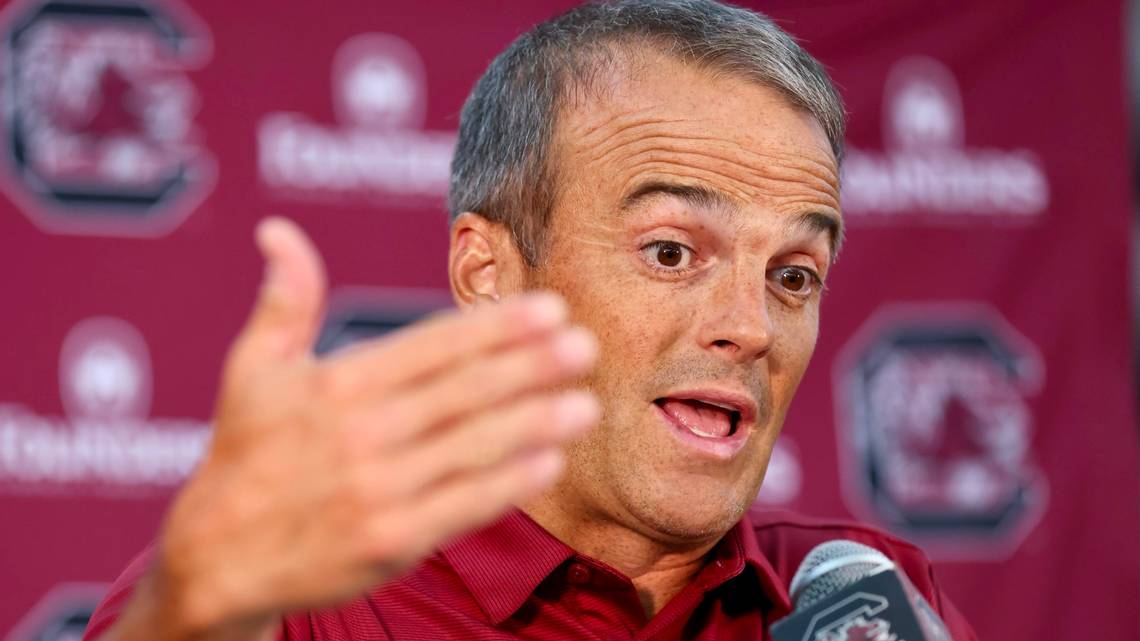In 1972, John Bonham, the legendary drummer of Led Zeppelin, could often be found at his beloved Old Hyde Farm in Cutnall Green, Worcestershire, England — a peaceful countryside retreat far removed from the roaring arenas and wild tours that defined his rockstar life. There, surrounded by rolling fields and the quiet charm of the English countryside, Bonham indulged in his love for fast cars, motorbikes, and family life, often working the land and enjoying the simple pleasures that grounded him despite his global fame. The farm, a symbol of his roots and identity, was not just a home but a personal sanctuary where Bonham could reconnect with his passions outside music, living as much the farmer as the rock icon.
In 1972, John Bonham—renowned drummer of the legendary rock band Led Zeppelin—often sought refuge at Old Hyde Farm, his cherished estate in Cutnall Green, Worcestershire. Tucked away in the tranquil English countryside, far from the chaos of world tours and stadium crowds, the farm offered Bonham a sanctuary where he could reconnect with the quieter, more grounded aspects of his life. The rural retreat, with its open skies and rolling fields, served as a dramatic contrast to the whirlwind existence he led as a global rock icon.
At Old Hyde Farm, Bonham immersed himself in a lifestyle defined less by fame and more by simplicity and personal passions. A known enthusiast of high-performance cars and motorbikes, he filled his spare time racing along country lanes and working on his machines. But just as central to his life on the farm was his deep commitment to family. The property was not only a place of escape but also a setting where he could be a father, husband, and son—roles he cherished away from the stage lights.
Bonham often worked the land himself, finding genuine joy in physical labor and the rhythm of country living. Whether tending to the grounds or simply enjoying the peace and solitude, he embraced farm life wholeheartedly. Friends and visitors often remarked on how natural and content he seemed there, a man more in tune with tractors than limousines, with soil than spotlight.

Old Hyde Farm wasn’t just where he lived—it represented who he was at his core. While Bonham’s drumming style was ferocious, innovative, and larger-than-life, his connection to the land and his Worcestershire roots kept him grounded. It was at this quiet farmstead that he could put aside the rockstar persona and simply be “Bonzo,” the down-to-earth man who never lost sight of where he came from.
The farm became a symbol of balance in Bonham’s life—a place where his fame could momentarily recede and his true self could thrive. It was both a physical and emotional anchor, allowing him to embrace a dual existence: one part of the world’s biggest rock bands, the other a man of the land with a passion for engines, open fields, and the simple joy of home.


